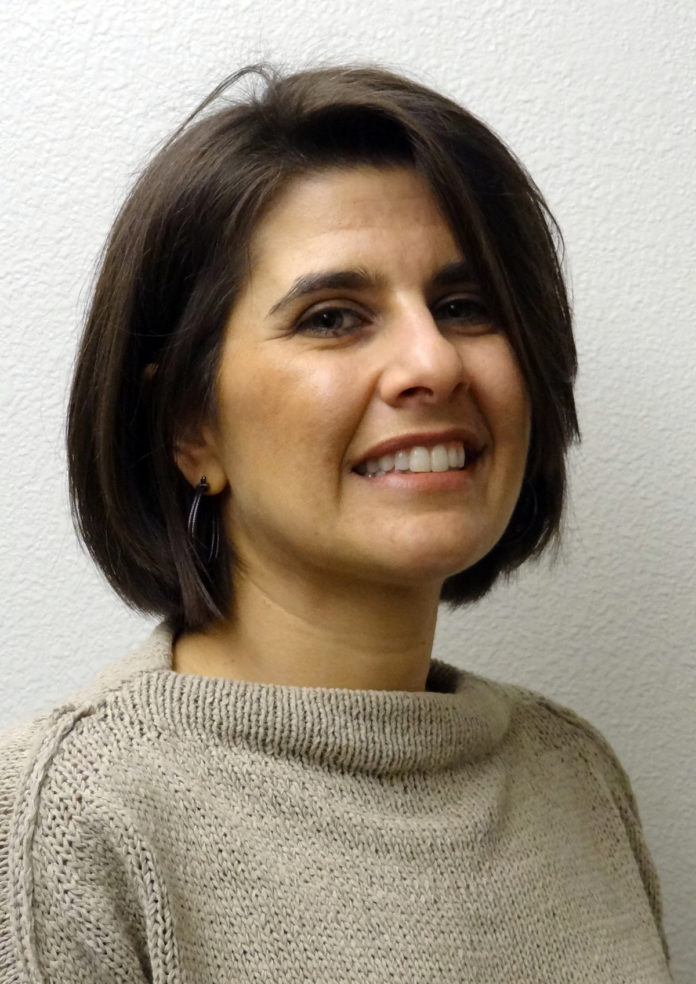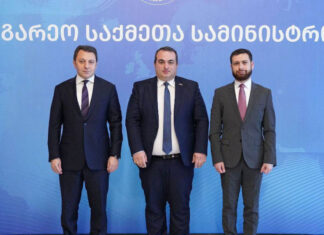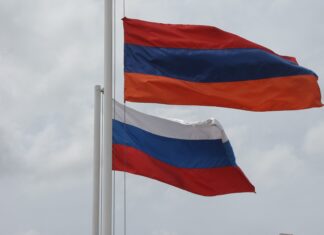ANN ARBOR, Mich. — On Wednesday, April 20, the University of Michigan Ann Arbor’s Center for Armenian Studies played host to a lecture in conjunction with the commemoration of the Armenian Genocide on April 24.
The speaker, Prof. Michelle Tusan of the University of Nevada – Las Vegas, showed the ways in which modern mapping technology can be used to better understand the geography of the Armenian Genocide and in particular of refugee movements that spanned the Middle East and the globe in the wake of the First World War.
Tusan, a native of Fresno, received her PhD in history (specializing in British history) from the University of California, Berkeley, in 1999. In more recent years, she has focused on the World War I era and the treatment of minorities in the Ottoman Empire. Her training in British history has allowed her to shed light on the dual role Britain and the other Allies of World War I played in the region; i.e. military action against the Ottoman Empire as well as humanitarian aid for minorities.
Tusan’s recent publications include Smyrna’s Ashes: Humanitarianism, Genocide, and the Birth of the Middle East (2012), and The British Empire and the Armenian Genocide: Humanitarianism and Imperial Politics from Gladstone to Churchill (2019).
A small group of students, academics, and friends of the Armenian Studies program gathered at University of Michigan’s Weiser Hall for the lecture, which was also presented live on Zoom.
New Technology Sheds Light on Past







